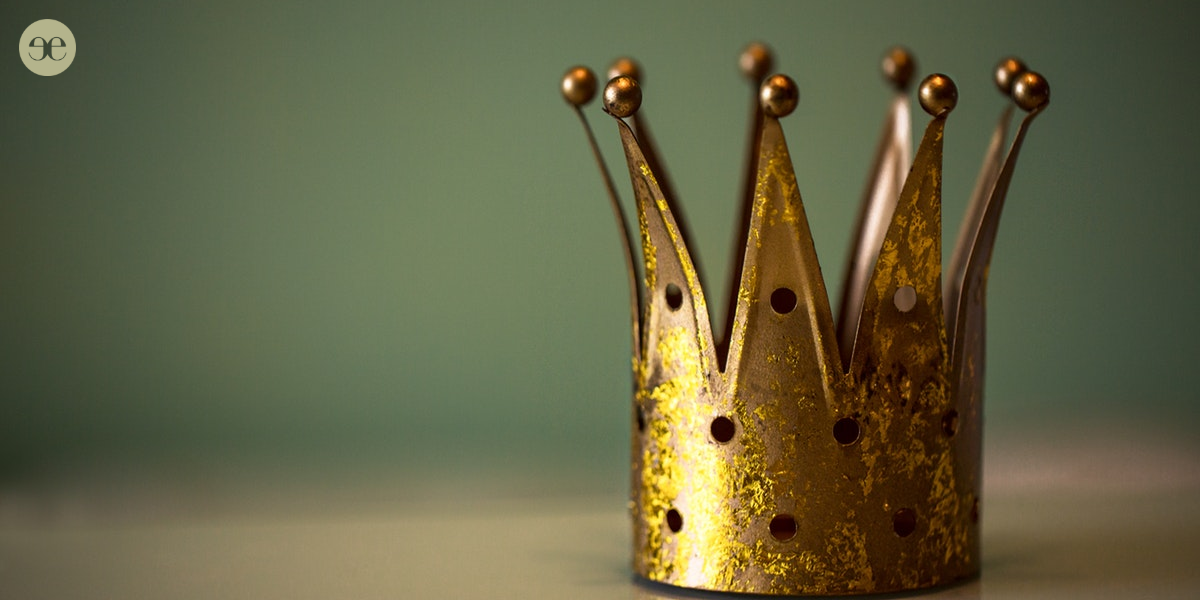Royal order of adjectives
by Claire Niven
 >
>
Getting all your adjectives in a row.
There are some grammar rules that native speakers use without even knowing they are following a rule! Even though we do this instinctively, it is still enlightening to know that there is a rule and that it rarely alters.
First, what is an adjective?
An adjective is a word that describes or modifies a noun, e.g. the gold crown.
Sometimes you want to use multiple adjectives to describe the noun, because the crown is not only made of gold, but it’s also very shiny and was made recently.
So how do we know what order to put them in? We understand intuitively that saying ‘the gold new shiny crown’ is not right.
‘The shiny new gold crown’ not only sounds better, but it is also grammatically correct.
Adjectives are grouped into categories and this is known, rather majestically, as the royal order of adjectives.
Giving adjectives the royal treatment
If you think that putting adjectives in the correct order is a right royal pain, then help is at hand.
The correct sequence of adjectives is listed below:
Determiner: Definite and indefinite articles such as a, an, your, or the; cardinal number such as one, two; ordinal numbers such as first, second; or quantities such as several or some.
Observation or opinion: Words such as interesting, expensive, delicious, amazing, cold
Size: Massive, tiny
Shape: Round, square
Age: Young, old, new
Colour: Blue, red
Origin: English, Dutch, Russian
Material: Copper, wooden, plastic, silk
Qualifier: Final adjective, often an integral part of the noun: wedding dress, race car
Coordinate adjectives are adjectives from the same category, while adjectives from different categories are known as cumulative adjectives.
And what about commas?
Do you need to use a comma to separate a string of adjectives? That is easy to answer if you follow the royal order.
Adjectives from different groups do not need a comma, e.g. the grand old Duke.
Adjectives from the same group should be separated by a comma, e.g. the beautiful, graceful, elegant, lovely princess. You don’t need a comma between the final adjective and noun or after a determiner.
When using multiple adjectives from the same group, you can easily swap them around and the sentence will still be correct.
Equal adjectives should also be separated by commas, e.g. They lived in a stunning, isolated castle.
So why is adjective order important?
For clear communication, it is probably better not to use an endless stream of adjectives. But if you want your writing to sound natural and native, then sticking to this established sequence will help, even if you didn’t realise the rule existed in the first place.